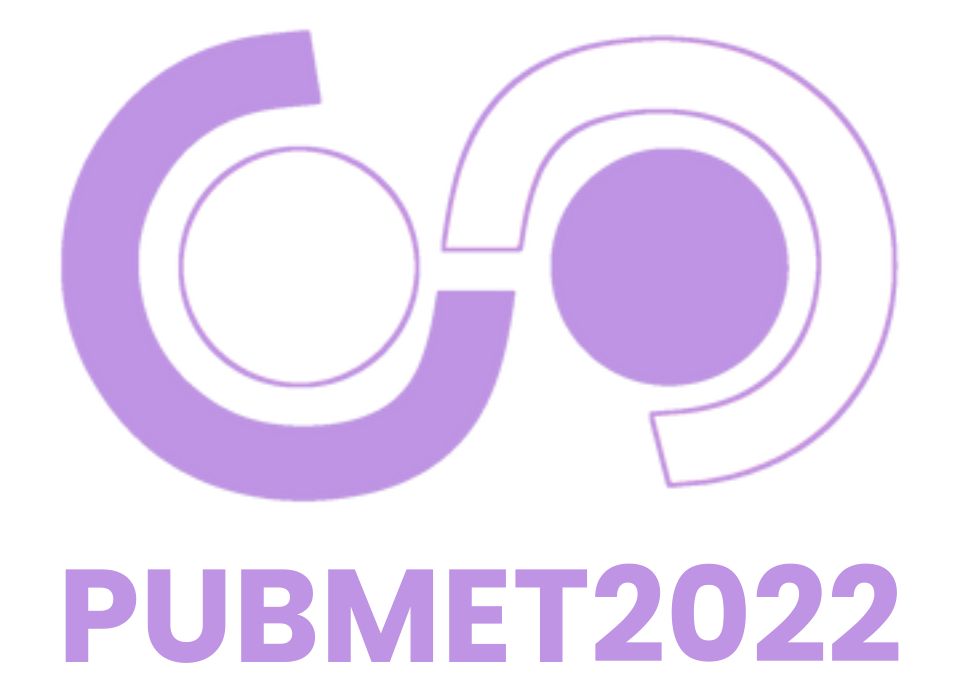Spanish National Plan of Science and Innovation adherence to Open Access mandates: advantages and disadvantages for scholars

Open Access (OA) is one of the fundamental pillars of Open Science (De Filippo & Mañana Rodríguez, 2020; De Filippo, Silva & Borges, 2019). It is also a central topic of the European Commission’s Open Science Policy Platform (Mendez et al., 2020) and the main goal of the CoalitionS initiative at the European level, which provides procedures for the open publication of publicly funded research. The current Law on Science, Technology, and Innovation (BOE, 2011) requires publishing in OA for publicly funded research in Spain. However, the exceptions to the rule make OA a choice more than a mandate. The draft of the forthcoming Law of Science maintains the same formula.
The Spanish National Plan of Science and Innovation (SNP) is Spain’s leading research funding instrument. This communication analyzes the publications derived from the projects funded by the SNP in the period 2013-2019 and their compliance with the OA recommendations. Projects obtained after 2019 are not included as most of them do not have published results. We thus investigate the presence of OA by area and its evolution. Then we explore OA effects on the impact of the publications, considering the citation count and journals’ quartile as the main proxies. Citation count is a widely used metric for publication impact, whereas being in the highest quartiles is also considered a measure of the quality of the article. Moreover, it is considered a requisite for academic promotion by the National Agency for Quality Assessment and Accreditation of Spain.
We find that OA rates noticeably vary among areas and types of institutions. Regarding research areas, life sciences and biomedicine, physical sciences, and technology have high rates of OA publication (over 60%). However, OA for arts and humanities and social sciences is below 50%. It is also worth highlighting the differences between the type of institutions. Regional research, government and technology centers and hospitals have over 70% of their academic production published in OA. However, the percentage decreases to 30% for private foundations. Surprisingly, Universities’ rate is below 60%. Overall, the evolution of OA has experienced a steady growth over the past years, which is reflected in a 9% increase in the studied period. This is an encouraging result compared with the conclusions of the first studies on the implementation of the OA mandate (Borrego, 2016). Future research might want to delve into area and institution differences, which may be helpful to inform policies and regulations on open access at universities and research institutions.
Finally, the statistical analysis (Mann Whitney tests and regression analysis) shows that the relationship between OA and citation count is positive, which is further validated in all GLM regression models (p<0.01 in all models) controlling for research area, number of authors, presence in Q1, international collaboration, reference count and other articles’ measures such as paper and abstract length. This result is in line with previous literature in the field and supports the hypothesis of the citation advantage of OA publications (Bautista et al., 2020; Piwowar et al., 2018), which also holds for SNP academic production. However, being published in a Q1 has a negative and significative relationship with Open Access. Although preliminary, these results show that publishing in OA might be positive for the article’s impact in terms of cites, but it can be punitive for the authors in terms of promotion if evaluation agencies and public policies are not adapted to the new OS paradigm. Further research might explore the effects on individual authors, who might be constrained to publish in high-impact open journals. More importantly, OA publication might be punitive when few high-impact OA journals are available.
Pablo Sastrón-Toledo
Universidad Carlos III de Madrid
LEMI – Department of Library and Information Sciences
Getafe, Madrid, Spain
ORCID ID: 0000-0003-0795-7182Patricia Alonso-Álvarez
UC3M-UAM
Research Institute for Higher Education and Sciences
Universidad Carlos III de Madrid
LEMI – Department of Library and Information Sciences
Getafe, Madrid, Spain
ORCID ID: 0000-0002-9305-6024Jorge Mañana-Rodríguez
UC3M-UAM
Research Institute for Higher Education and Sciences
Getafe, Madrid, Spain
ORCID ID: 0000-0002-0717-5271Elías Sanz Casado
UC3M-UAM
Research Institute for Higher Education and Sciences
Universidad Carlos III de Madrid
LEMI – Department of Library and Information Sciences
Getafe, Madrid, Spain
ORCID ID: 0000-0002-0188-7489

